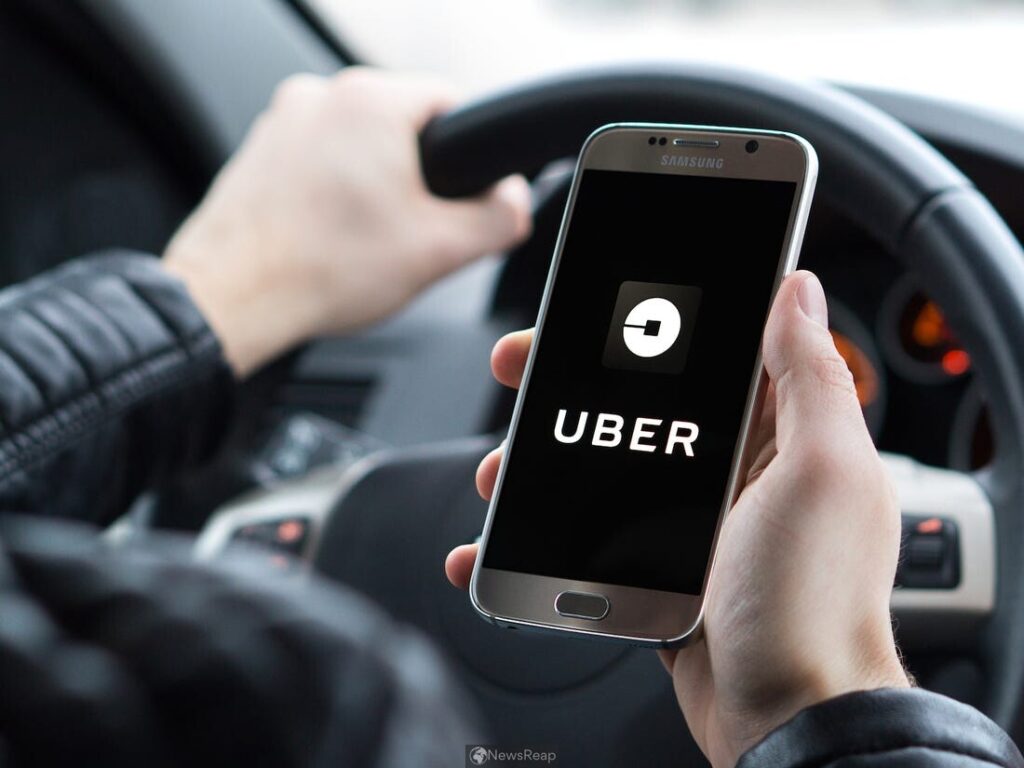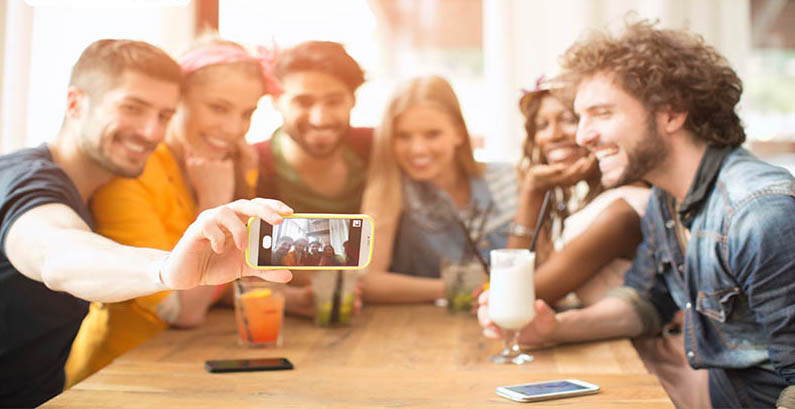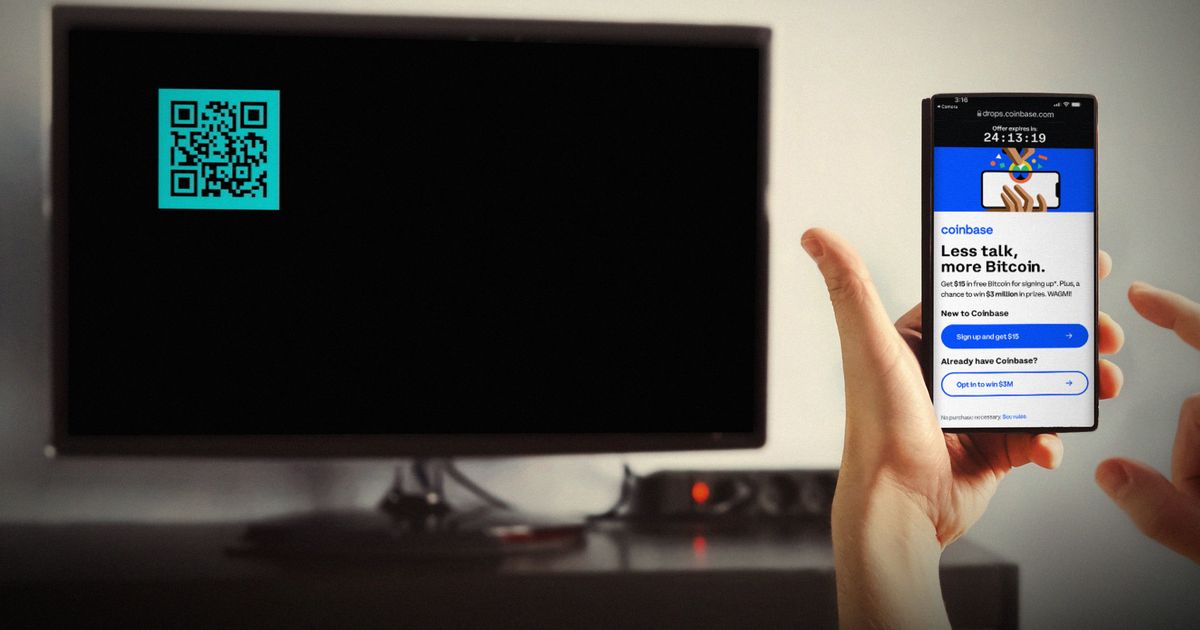Crypto QR Code, Uber’s Customer Journey, Millennials and Craft Beer
Why Not Try a Super Bowl QR Code Ad?
A $7 million price tag for a 30-second Super Bowl ad may have been worth every penny for Coinbase, a cryptocurrency exchange app. With roughly 100 million viewers it’s worth throwing some serious money at an ad if it can get measurable results. So why not try a floating QR code?
When the colorful QR code appeared, bouncing around the screen, the Coinbase site had 20 million hits in roughly one minute, overwhelming the servers and bringing down the site for a time. Now that’s really effective direct engagement.
Uber, Behavioral Science and The Customer Journey.
The real opportunity in marketing and brand connection is to continually build customer relationships through transactions and engagement. Uber, the ride-sharing and delivery giant, has been totally focusing on this, using behavior science and digital tools to better understand what affects the customer journey and what happens to reinforce a positive experience. Sort of a continuous engagement loop that learns and applies that real-world data to improve the customer experience.

“A negative peak or an end to an experience can completely bias a customer’s judgment. It means you need to know where in your users’ experience there is negative friction, or even positive peaks and resolutions,” – Uber head of customer experience
Being able to map the customer journey and use digital engagement to measure experience can give all types of companies important knowledge to build trust and remove “friction” in the customer relationship. After all, customers don’t think about this they experience it and those experiences change who they buy from.
How Millennials Became the Craft Beer Industry’s Best Customers.
How-end-of-a-century culture change, go-local movements, and drinking age created a generation of craft beer drinkers

Research finds that the rise in availability of craft beer as millennials reached drinking age influenced their spending habits. Over the past 20 years, the largest consumer packaged goods companies have seen their sales erode while smaller companies selling artisanal and locally sourced products have grown. These changes, many believe, occurred as millennials came of age and their buying patterns disrupted established brands with significantly different preferences from those of their forebears.
Those who buy into this demand-side explanation can point to countless surveys in which millennials—born after 1980—profess a desire to support companies that align with their values, offer more sustainably produced or nutritious foods, or take part in social causes.
